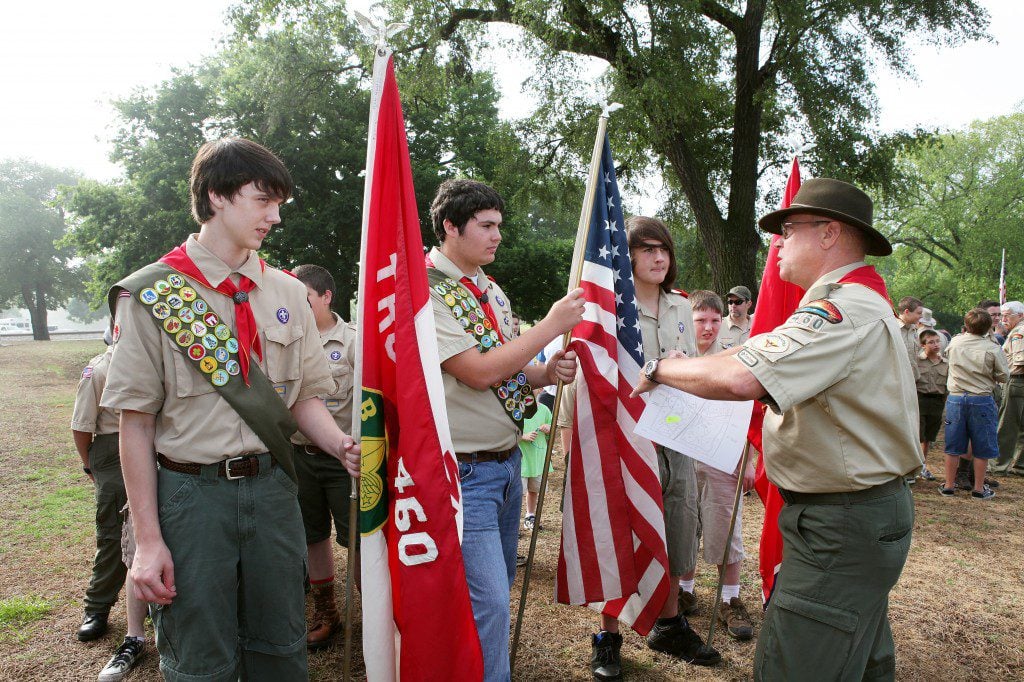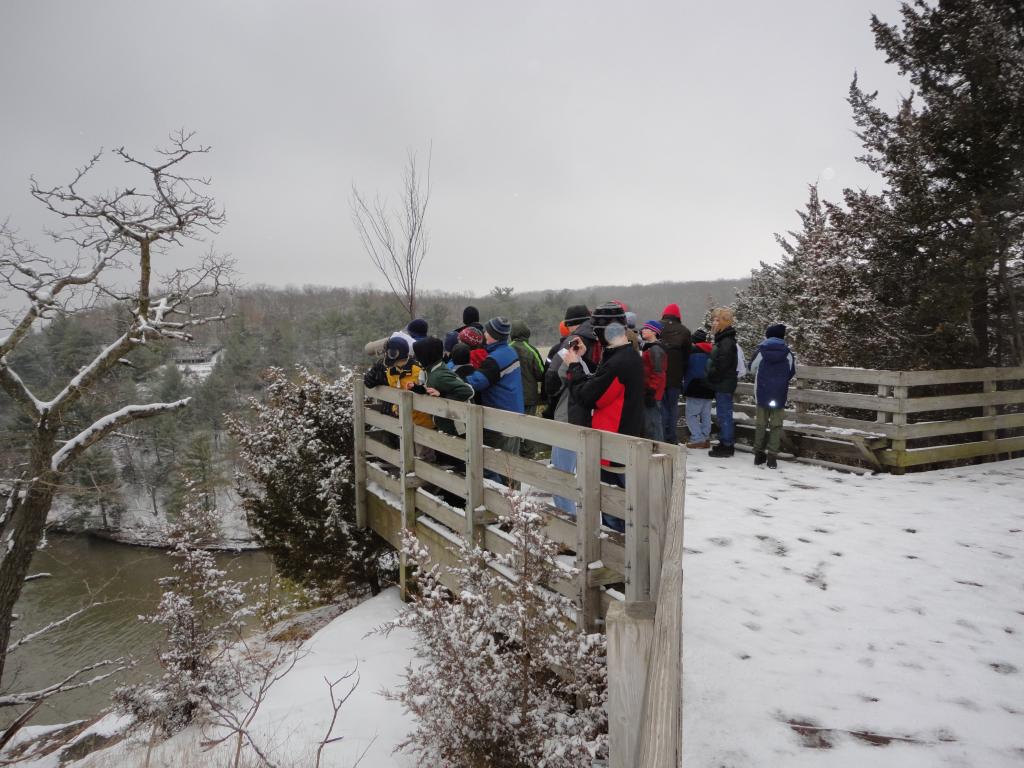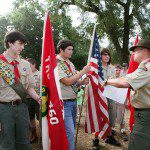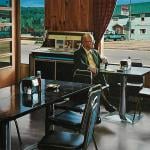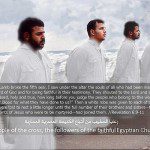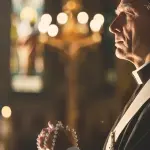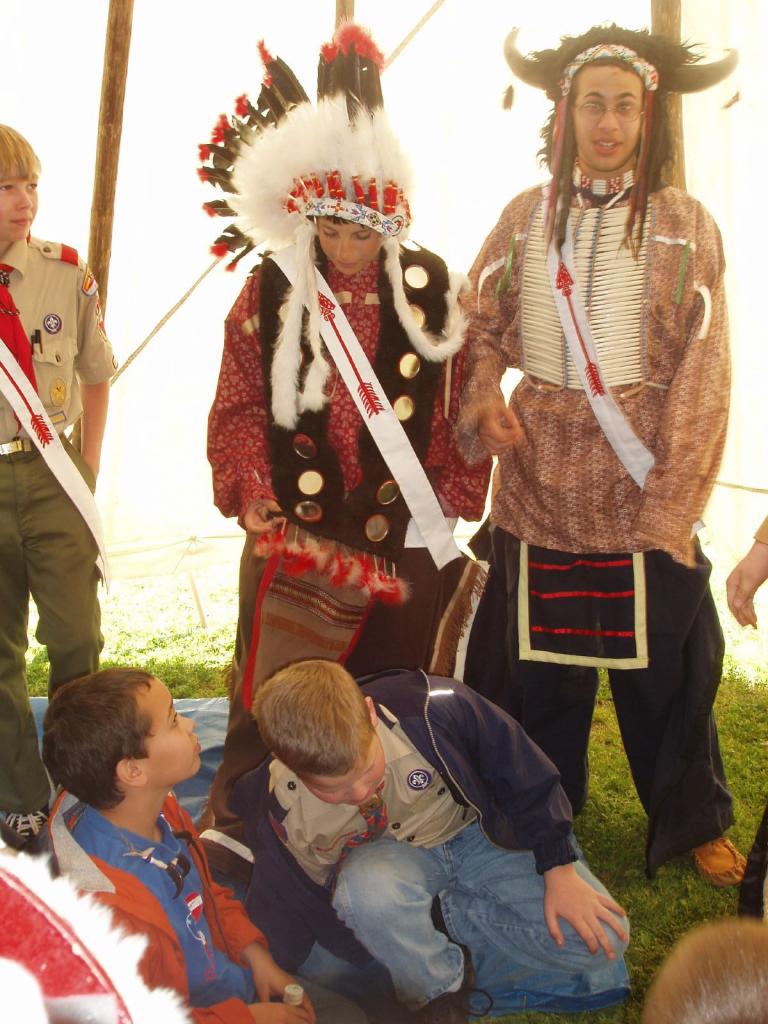
The lawyers at the Boy Scouts of America are working over time.
First, as a Cub Scout committee chair, I got a set of posters in the mail, along with the instruction to display these at every meeting. They included a Code of Conduct, an anti-bullying message, and a poster telling parents that if they ever observed leaders failing to follow the two-deep leadership rules, there is a corporate helpline to call, instead of, oh, say, actually talking to the leaders themselves. Which seems to be nothing other than making sure that they had all their ducks in a row if they are sued as a national organization for failing to take all possible precautions against any molestation that might someday occur.
Then my husband, in his role as Scoutmaster, was notified of the new Boy Scout policy that, in the case of Scout events lasting for more than 72 hours, all adults on the event are required to have “youth protection training” and background checks. Which is great in theory — it’s a one-hour online class and some forms to fill out — but will make it harder for troops which are struggling to get enough volunteers, say, for summer camp, as it is, especially since those adults who do volunteer, are typically volunteers at multiple groups, and have to meet a different set of “youth protection” requirements for each.
Now, my son, as a member of the Order of the Arrow, which, among other things, conducts the crossover ceremonies for boys moving up from Webelos to Boy Scouts, just learned that they will no longer be able to dress in the Indian-styled costumes which were a part of the event, during which they recite a story of a young Indian brave who wants to achieve great things. To be sure, the information thus far was solely about the costuming for the ceremony, but the “anti-cultural appropriation” principle behind it would suggest that they may ultimately also require jettisoning the ceremony itself, in which the boys, high school-aged Boy Scouts, play the roles of Indians.
This is, of course, in keeping with the times. After all, the Indian Guides and Princesses were obliged to jettison the “Indian” connections some time ago, though some local groups reconstituted themselves outside of the auspices of the YMCA, such as the Algonquin Longhouse locally.
But the crossover ceremony, the highlight of the Blue and Gold Dinner in February — at least at a pack such as our small pack which can’t afford to pay for some sort of outside entertainment such as a magician that perhaps larger packs might do — won’t be easily replaced. After all, without a narrative, without storytelling, you’re not left with much else beyond handing over a plaque. Years that either the scheduling didn’t work out and we had no Order of the Arrow scouts present, or in which they didn’t have their costumes, led to boys and parents feeling that the dinner wasn’t anything special.
And narratives such as this work best when they’re drawn from some sort of tradition. If Native American traditions are foreclosed to us, as “appropriation,” then what traditions can we draw from? Any such minority culture would produce the same claim. And drawing from a majority culture — say, some story of bravery and honor drawn from Greek mythology or the Vikings or, say, Beowulf, or invented but told in that style — would no doubt produce howls that minority children cannot possibly be expected to sit through such a recitation that has nothing to do with them, and wounds them because it comes from the oppressor’s culture. Even a blandly nonspecific narrative of “young boy does a brave deed” would still be subject to criticism because any story requires being situated in some time and place. Even the name of the characters in the narrative would betray a cultural identity. Is the hero of the story “John” or “Jose”? For that matter, given the girls coming into the program next year, would such a narrative require multiple brave children, to add in a “Kaitlyn” and a “Maria” as well?
Now, maybe this’ll be the sort of thing that, a couple years from now, will long be forgotten. Perhaps there are equally great ways of constructing ceremonies, but if we abandon story-telling, then we will have lost a very useful way of giving meaning to these sorts of events, and will be abandoning something of what it means to have a culture.
ADDED:
I’ve got it! The solution is this: a licensing agreement with Disney. If we can’t use any folktales, real or invented, from any earthly culture, let’s just use a story from another world. A tale of youngling Jedi-in-training, being tested and found ready, perhaps, or Asgardian children seeking to be heroes. Disney gets to market to its customer base, the BSA gets to stay “relevant,” and a whole new market for cosplay opens up.
Top image: https://commons.wikimedia.org/wiki/File%3AOA_Arrow_of_Light.jpg; By GraceFamily [CC BY 2.0 (http://creativecommons.org/licenses/by/2.0)], via Wikimedia Commons. No, I don’t know what the boy at the center bottom is doing.



